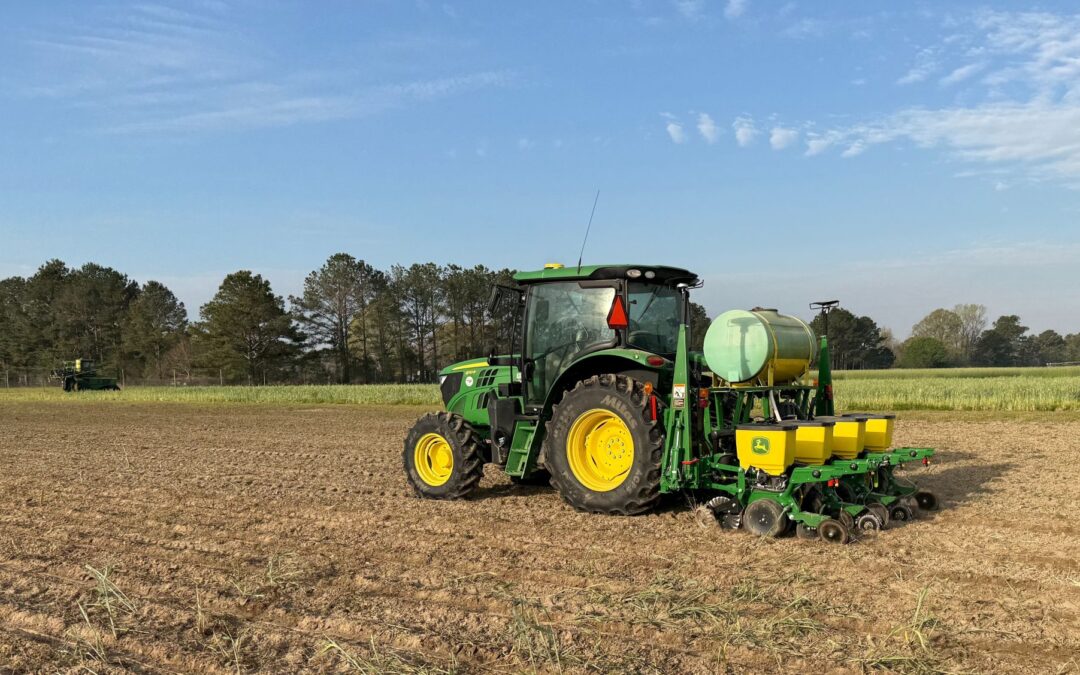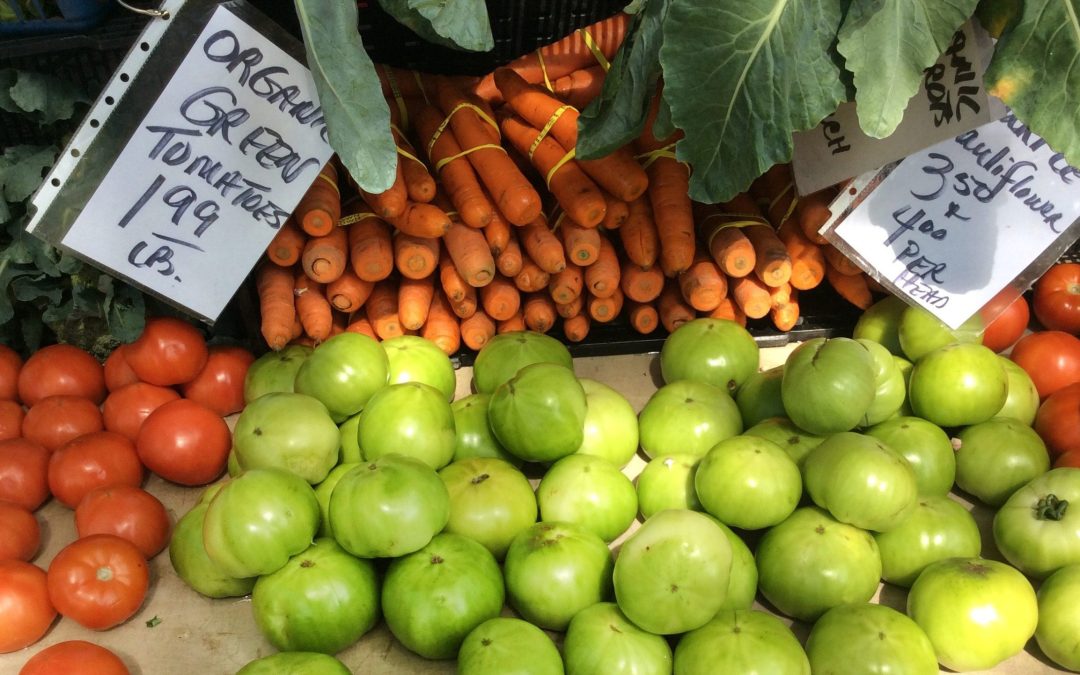by MARY CATHERINE GASTON
 In a nondescript building on the Auburn University campus, an Alabama Agricultural Experiment Station researcher is transforming the ordinary into the extraordinary in a study that could have huge implications here at home and around the world.
In a nondescript building on the Auburn University campus, an Alabama Agricultural Experiment Station researcher is transforming the ordinary into the extraordinary in a study that could have huge implications here at home and around the world.
Sushil Adhikari is the researcher, the Biological Engineering Research Lab is the building and the process he’s experimenting with is known as gasification. In simple terms, gasification is the process of converting a biomass—anything that was recently living—into a fuel. That’s the ordinary part of this story. It’s the input and output that could have extraordinary consequences both locally and globally: Adhikari, a biosystems engineering assistant professor in the College of Agriculture, is helping turn pine trees into gasoline.
As a child growing up in Nepal, Adhikari experienced times when the only fuel available to power everyday activities was wood. Lacking a domestic petroleum source, Nepal depended and still depends on its neighboring countries to supply 100 percent of its petroleum, the country’s main source of power.
Though in recent years Nepal has begun to tap the hydroelectric potential of waters rushing down from its Himilayan peaks, Adhikari’s homeland still finds itself in a precarious position when it comes to energy dependence. A reliable alternative energy source could mean both political stability and economic freedom for Nepal.
Like Nepal, Alabama enjoys plentiful natural resources and a growing demand for alternative, renewable fuels. It is at this intersection of supply and demand that Adhikari finds inspiration for his gasification work.
While College of Agriculture scientists have been conducting biofuels research for years and with valuable results, the difference in this equation is the biomass that Adhikari is using. After experimenting with a variety of materials, including switchgrass, peanut hulls and even poultry litter, Adhikari turned to one of the most plentiful resources south Alabama has to offer—pine trees—in his search for a renewable raw material he could transform into fuel.
“We’re using loblolly pines, which are ideal because the growth and survival rates are good and because they are one of the most widely grown species in this part of the country,” Adhikari says.
Just how does a tree get from the forest to your gas tank?
“The process is only slightly different from what happens in your fireplace, where oxygen and wood react to produce carbon dioxide and heat,” Adhikari says. During the gasification process, researchers increase the temperature and limit the oxygen supply, yielding a substance known as synthesis gas, or syngas, which is made of carbon monoxide, hydrogen, carbon dioxide and methane.
The syngas produced in the Adhikari’s lab is shared with Chris Roberts, dean of the Samuel Ginn College of Engineering and a professor in chemical engineering, who subjects it to a series of chemical reactions that ultimately transform it into a liquid fuel that can be used to power vehicles, farming equipment, even jet engines.
While using pine trees to power your truck or tractor is an exciting prospect for a number of reasons, there is one major obstacle to this tree-in-every-tank scenario: cost. The resulting fuels will be expensive, at least until the technology is perfected.
“Americans don’t seem to care where their fuel comes from as long as it’s $3 or less at the pump,” Adhikari says.
Adhikari, who was named nation’s the top young researcher by the American Society of Agricultural and Biological Engineers in 2013, challenges Alabamians to imagine the economic impact that home-grown gasoline could have on their families, friends and communities.
“What if someone in your neighborhood got a good job because of the development of this technology, this biofuel?” he says. “It is difficult to factor the real costs of these alternative fuels—and the real benefits. We should let emerging technologies like this mature so that they can become cost competitive.”
While the obstacles to widespread use of pine tree–derived fuels loom large, Adhikari paints a promising picture of how this technology could transform life in some of the most economically depressed areas of the U.S., many of which lie within Alabama’s borders. Expanding the applications of pine from pulp and paper to fuel production could dramatically alter the state’s political and economic landscape and have tangible effects on the day-to-day lives of many Alabamians.
In his childhood in Nepal, Adhikari learned that wood, in its natural state and ordinary use, is not the most efficient or effective power source. But with a little creativity, the ordinary can become extraordinary and change the lives of individuals from Auburn to Kathmandu, providing not only electricity but energy independence and economic freedom as well.




